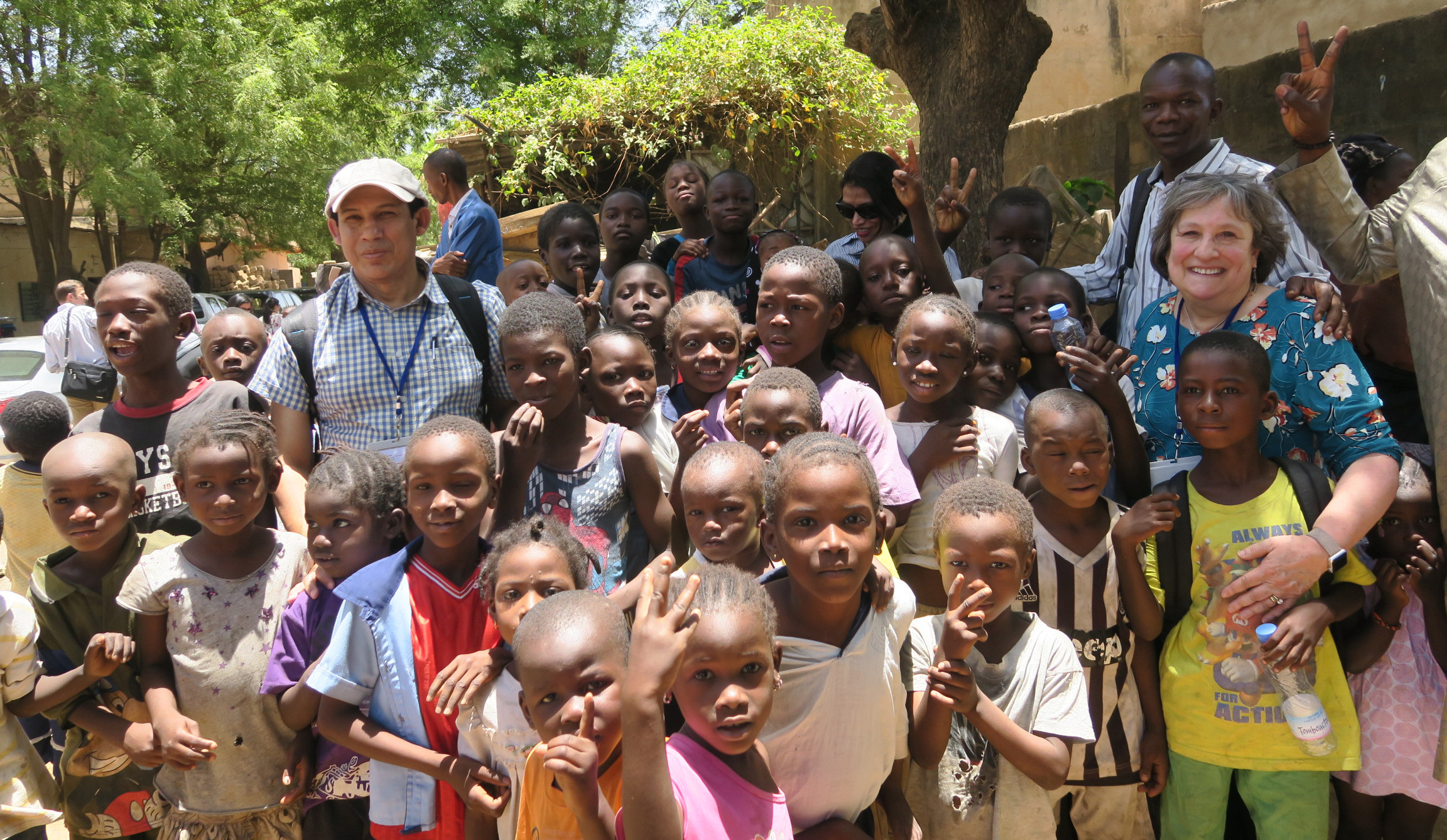ASTMH Annual Meeting 2025
blogWhat about the posters?
By: Leslie Jamka, Mem, Ms, Center for Vaccine Development and Global Health (cvd) at the University of Maryland School of Medicine

ASTMH is huge! With almost 5,000 attendees, how does one see and hear everything ASTMH has to offer? From pre-meeting classes, the opening plenary, and awards to the scientific sessions and exhibit halls, where do posters fit in? In addition to size, the diverse background of topics makes picking and choosing what to attend quite a process.
Posters offer a fantastic opportunity for investigators, many of whom are young or first-time presenters, to present their work. With everything going on at ASTMH, how many times have you skipped a poster session? Have you ever walked by a poster and thought, “I would love to read this,” but I don’t have the time or I need to prepare for a presentation or get to a meeting? Let’s be honest, maybe you just don’t have the energy to process the posters after attending oral presentations all day.
Mike Morrison, a PhD student at Michigan State University, has a very creative approach to scientific posters – the QR code. If the goal is to communicate your work, present the finding in a clear and simple way that is quick and easy to follow in a poster setting. The QR code allows participants to really read your poster in a quiet space versus a noisy exhibition hall.

The Vaccine Impact on Diarrhea in Africa (VIDA) is trying the QR code approach at ASTMH. Pull out your phone camera and point it at the QR code until a pop-up link generates. Scan the code and link to studies on:
- Epidemiology and clinical presentation of Cryptosporidium-associated diarrheal disease in children under five from three countries in sub-Saharan Africa
- Prevalence, antimicrobial resistance, and distribution of Shigella among children under five in three sub-Saharan African countries in the Vaccine Impact on Diarrhea in Africa study
- Change in prevalence of risk factors for diarrhea mortality between across a 10-year period between Global Enteric Multicenter Study (GEMS) and Vaccine Impact on Diarrhea in Africa (VIDA)
- Temporal Trends in Non-Typhoidal Salmonella Gastrointestinal Infections in Children Under Five from Three Countries in Sub-Saharan Africa
Related Posts
By: Matthew Davis, Burness